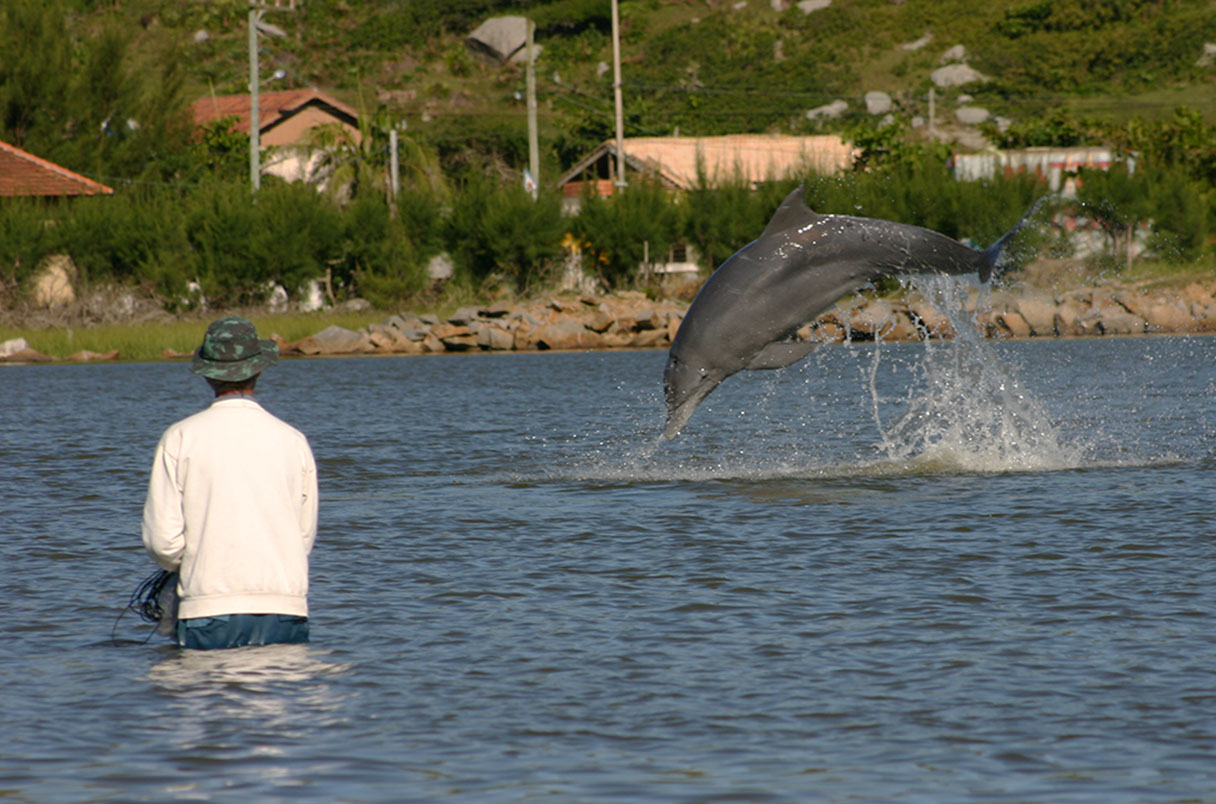A new study has used artificial intelligence (AI) technology to prove for the first time that ship noise affects dolphins.
Maritime traffic has a very strong impact on the environment and public health in general and on the marine environment in particular, and is a factor that motivates the migration of species from one marine environment to another. Until now, it was not known whether dolphins were affected by ship noise; the evidence in this regard was mainly anecdotal and visual. The main difficulty is to systematically determine the behavior of dolphins encountering ship noise.
“Although it seems obvious, until now there was no empirical evidence that dolphins are affected by ship noise. Using AI, we were able to show that dolphins communicate in a unique way when ship noise is nearby. The influence of ship noise on communication between dolphins can cause them to move away from noise sources, which in some cases are their feeding grounds,” explains Prof. Roee Diamant and Dr. Aviad Scheinin, two of the authors of the study.
Read Also: How people and dolphins fish together

Researchers have confirmed how people and dolphins benefit from a centuries-old practice of fishing together in southern Brazil.
The current study, supported by the Data Science center at the University of Haifa, was conducted in collaboration between the Underwater Acoustic and Navigation Laboratory (ANL), headed by Prof. Diamant, and the Marine Apex predator laboratory, headed by Dr. Scheinin. The researchers combined acoustic studies of dolphin whistles (the form of communication used by the mammals) with AI software that searched for patterns in the cries.
As mentioned earlier, one of the main problems with studies of this type is observing the dolphins’ behavior, firstly when there is no ship noise and secondly when there is. This is the only way to determine whether the same dolphin behaves differently in each case.
For this purpose, the researchers chose a location close to the dolphin reef in Eilat, where Common bottlenose (Tursiops truncatus) dolphins are regularly found. Recording devices placed at a depth of 50 meters continuously recorded the sounds of nearby dolphins and shipping noise.
Read Also: Greenpeace is not condemning violent missiles and attacks in the Red Sea
From all the recorded sounds, the researchers filtered out 12,000 dolphin whistles and were able to assign them to the dolphins that were at that location. The algorithm developed by the researchers identified around 60,000 dolphin whistles when a ship was nearby, and the same number of whistles where identified when no ships were present.
According to Prof. Diamant, not visual inspection of the signals nor direct feature extraction were able to distinguish between the two groups of whistles – with and without presence of a ship. Instead, this was analyzed by a deep learning algorithm.

Woman marries dolphin in Eilat
This algorithm was trained over 20% of the whistle database and tested on the remaining whistles. The result was a 90% success rate in classifying between the two sets. In other words, the AI was able to recognize a certain pattern in the whistles of the dolphins exposed to shipping noise, well above the chance level. The researchers concluded from this result that a clear impact on the dolphins occurs when vessels were around.
“The problem with deep learning is that it’s a kind of a ‘black box’ and it’s hard to associate the classification result to a physical meaning within the signal. We still don’t know what unique pattern the AI system has recognized, but we know that it is related to the type of communication they make, and previous studies have already shown that changes in vocal behavior can be the result of stress and distress. In other words, dolphins communicate in a different way and change their vocal behavior when they encounter ship noise. In our upcoming studies, we will try to understand the nature of the effects,” the researchers conclude.
The research was conducted at the Charney School of Marine Sciences at the University of Haifa was published in the Nature Group journal Scientific Reports






